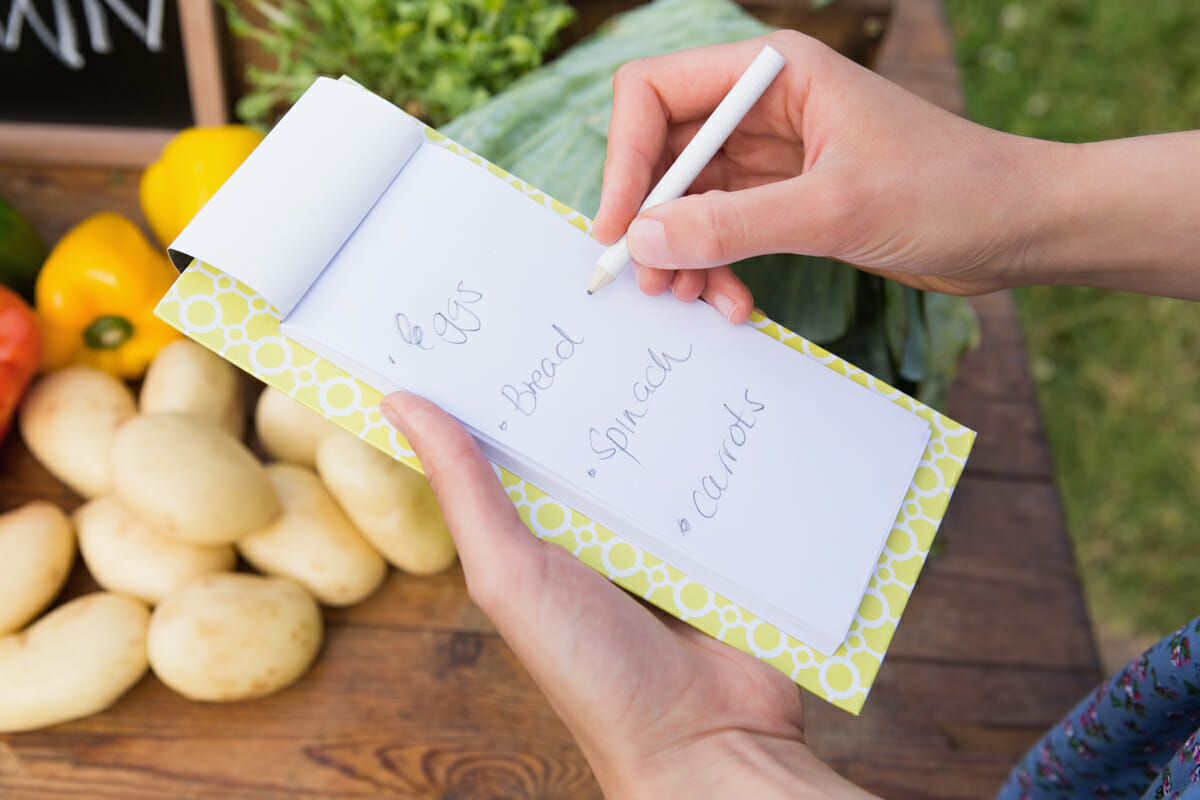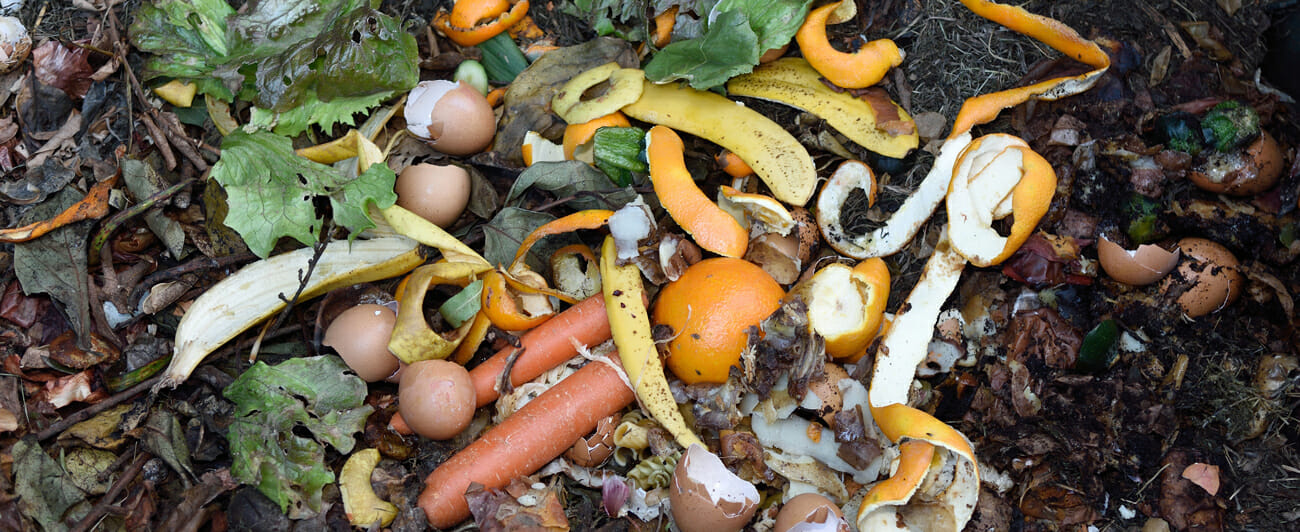Waste Not, Want Not, how to reduce your waste
In making changes at home, we can all help fight the food waste war. Decreasing the amount of food waste in your household is one of the simplest ways to minimise your impact on the environment.
Did you know that Australians send four million tonnes of food to landfill every year? And throw away eight billion dollars’ worth of edible food each year? The facts on food waste are shocking when you consider the detrimental environmental impacts and the difference such food could make to the nearly three million Australians living in poverty, one quarter of whom are children.
Doesn’t food waste just break down?
You may think food scraps naturally decompose as they would if placed in the compost or worm farm, but once placed in landfill there is no oxygen to break them down, so food releases a strong greenhouse gas – methane. Methane, like carbon dioxide, is a greenhouse gas. High amounts of greenhouse gases are one of the leading causes of global warming.
So, what can you do in your home to decrease food waste?
Decreasing the amount of greenhouse gas you contribute to is one way you can decrease your impact on the environment. If you can’t compost yourself, some councils have food and garden waste collection that process food scraps and garden waste into compost, diverting them from landfill. If your local council has an organics bin service that accepts food waste, be sure to use this. It also helps to buy food that is in season and locally grown, therefore meaning that fewer resources are used in growing and transporting the produce.
Track your waste
Start by observing how much food you’re throwing away. Getting to the end of the week and finding your fridge full of rotten veggies? Scraping half the dinner plate into the bin? Do the kids’ lunchboxes come home with partially eaten food inside? Once you figure out where your groceries are going you’re half way to tackling the issue.
Get creative
Confusion between Use By and Best Before dates mean we sometimes throw out food that is still perfectly edible. The Use By date relates to food safety – it gives you an idea of how long you can safely consume food.
The Best Before date is different. A product will remain fresh and of good quality right up to its Best Before date and sometimes beyond if it’s properly stored, both at home and at the supermarket. Sometimes a quick bake, toast or whizz is all food needs to be revived past its Best Before date. Stale bread can be made into croutons, wilting parsley and kale can be whizzed into a pesto and sad looking fruit can make delicious cakes. Think brown, even black bananas for banana bread, cakes and cookies.
Meal Prep

Planning the weekly meals and writing a shopping list will save you time and money. Check the contents of the fridge and pantry before shopping so you aren’t buying unnecessarily. Think about how many meals you’ll need and see if you can double-up on meals, such as bolognaise sauce for spaghetti one night and tacos the next with some Mexican spices added, or a roast chicken that becomes a stir-fry or pie, with the bones cooked up for stock.
For more eye-opening facts on food waste or to give them a little love – be it your time or a donation visit www.ozharvest.org
Coffs Harbour and Port Macquarie both have OzHarvest chapters you can support.


